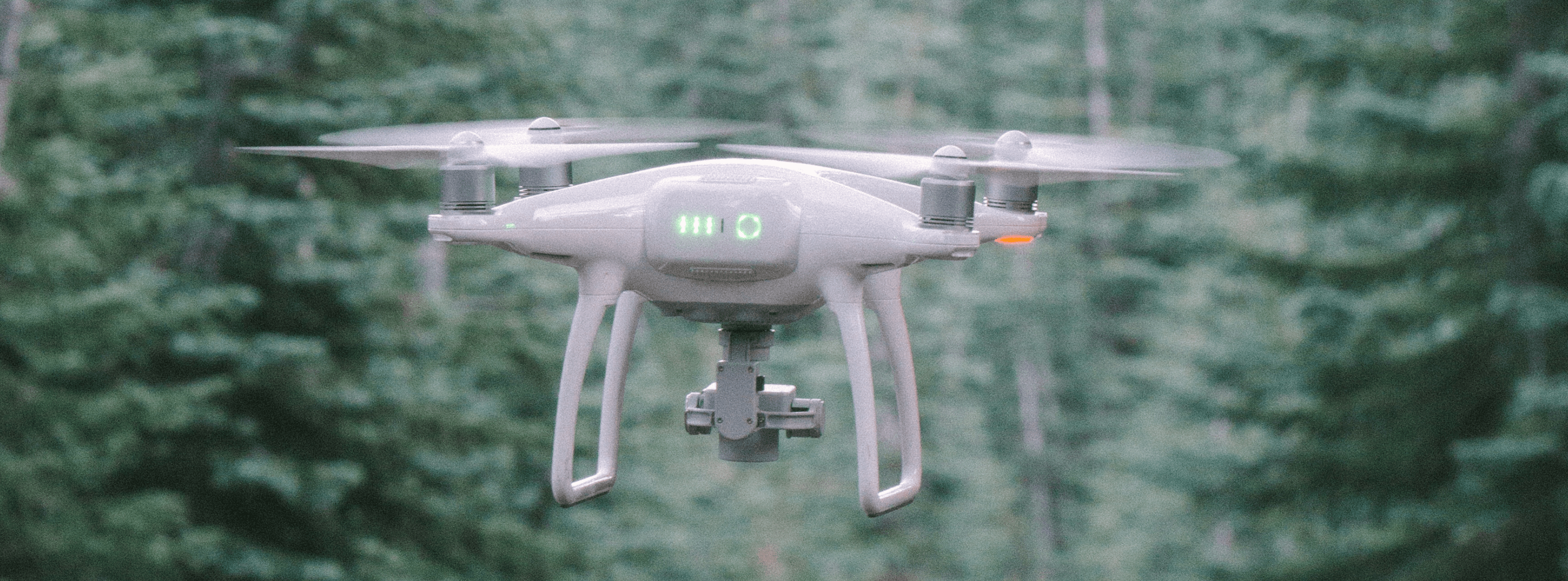The fourth industrial revolution, the machine age… whatever you’d like the call it, the major upsides of robotics, AI and other emerging technologies are usually measured in productivity and profit.
Which is understandable. Technological development costs a lot of money and the promise of ROI is often what drives progress. But with drone technology, another benefit is coming to fruition.
As autonomy, computer vision and stabilized flight continue to develop, it’s becoming clear that in many cases, drones are replacing the need to put humans at risk.
From industrial inspections to hostile environments and search and rescue missions, here are a few examples of drones operating in dangerous places.
Mining
Mining is a dangerous business. It’s also a necessary one. Many of the resources we need are in hard to reach locations and the act of delving underground to find them is inherently risky.
Cave-ins, landslides and the generally inhospitable nature of the mining process have forced the industry to find technological solutions.
Drones allow mining companies to better plan ahead and make safer and smarter decisions. Usually, this is done by providing visual data from locations humans can’t safely reach.
These dangerous areas include excavated open stopes, moving conveyor belts, uncharted caves and stockpiles. When equipped with visual, thermal or LiDAR drones can paint a picture of conditions on the ground without putting humans in harm’s way.
Australian startup Emesent has developed Hovermap, an autonomous drone system that can fly underground and navigate through the darkness without the need for GPS.
These subterranean missions are dangerous to humans for a number of reasons. Emesent’s drones use simultaneous localisation and mapping (SLAM) to find their way around while constructing 3D images of the environment using LiDAR.
The Hovermap system can also record the levels of different gases and gather other geological information as it flies.
Search & Rescue
Risk and emergency service missions tend to go hand in hand, from firefighters tackling a blaze to rescue teams and coastguards searching for missing people.
It’s in these circumstances when time is of the essence and emergency teams are forced to throw caution to the wind, that drones come into their own.
Thanks to documentation by DJI, among others, we now have a pretty thorough record of drones used to save lives in all manner of circumstances.
Naturally, the headlines will always be about the people saved: the stranded swimmer, the fallen climber, the lost hikers. But what we can never truly know is the extent to which emergency service personnel have been kept safe by the introduction of drone technology.
After all, search and rescue missions often involve a combination of challenging visibility and inhospitable environments. The ability to send a drone forward to scout ahead and, in some cases, handle the ‘search’ part of the equation, is priceless.
A great example of drones supporting a successful search and rescue mission is the following story from DJI. When two Polish tourists became stranded on the side of a mountain in Northern Iceland, the Dalvik Search & Rescue team used a drone to find them and guide the ground crew to their location:
Operations in hostile environments
Firefighters and search and rescue crews face danger on a daily basis and live to tell their tales. But some disasters are so extreme and so hostile to humans that drones and other robotic systems provide the only safe way of dealing with them.
In the case of a nuclear disaster, such as Chernobyl (1986) and Fukushima (2011), severe levels of radiation leave no option but to enforce huge exclusion zones around the site while cleanups take place.
Drones have been used in the fallout of both disasters. At Chernobyl, drones were used to document the progress of the major construction effort to cover the remains of reactor 4.
UK researchers have recently used drones to map the fallout zone around the abandoned nuclear plant and measure current levels of radiation, creating comprehensive radiation maps of the area.
The Red Forest, for example, is within walking distance of the reactor. It remains one of the most radioactive places on the planet. The team from the UK's National Centre for Nuclear Robotics used drones fitted with radiation detectors to survey the contaminated forest without putting any lives at risk.
Drones have also been used to explore the remains at the Fukushima nuclear plant in Japan. Following the meltdown of three reactor cores in 2011, the damage and high radiation have made human access close to impossible.
Teams from the UK and the US, including the US Southwest Research Institute (SwRI) and RISER, have been developing aerial systems capable of navigating and gathering data autonomously despite the radiation and communications interference.
Last year, RISER investigated the 2nd and 3rd floors of Fukushima’s reactor 3 building. The drones provided radiation data and gathered images in previously unseen parts of the disaster zone.
Those are just a few examples of how drones are being used for vital tasks when lives are at stake. You can read more of our drones for good articles here.


